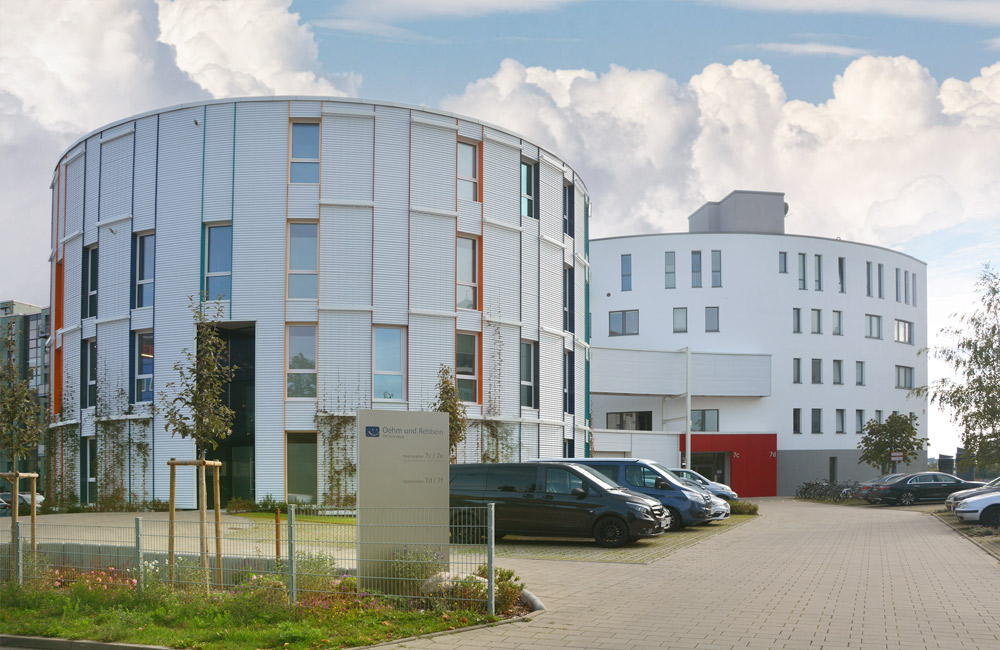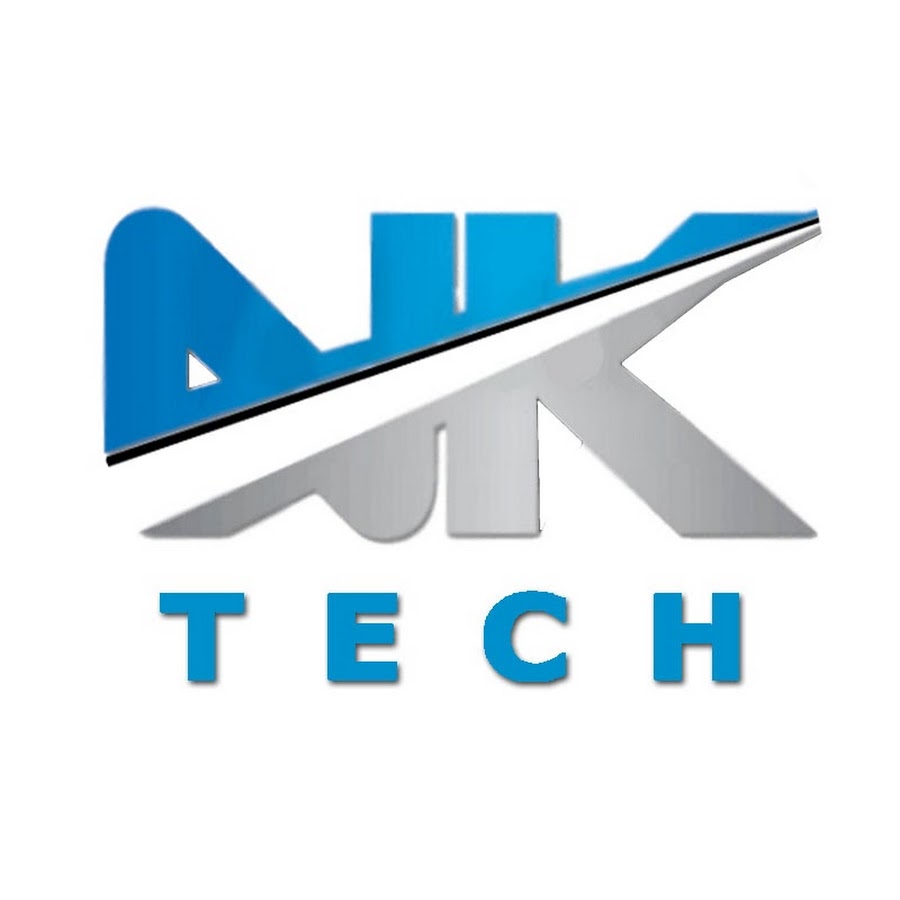New LED Lighting Technology: A Revolution in Illumination
New LED lighting technology has taken center stage, ushering in a new era of illumination. This revolutionary technology has significantly advanced from traditional incandescent and fluorescent bulbs, offering a range […]
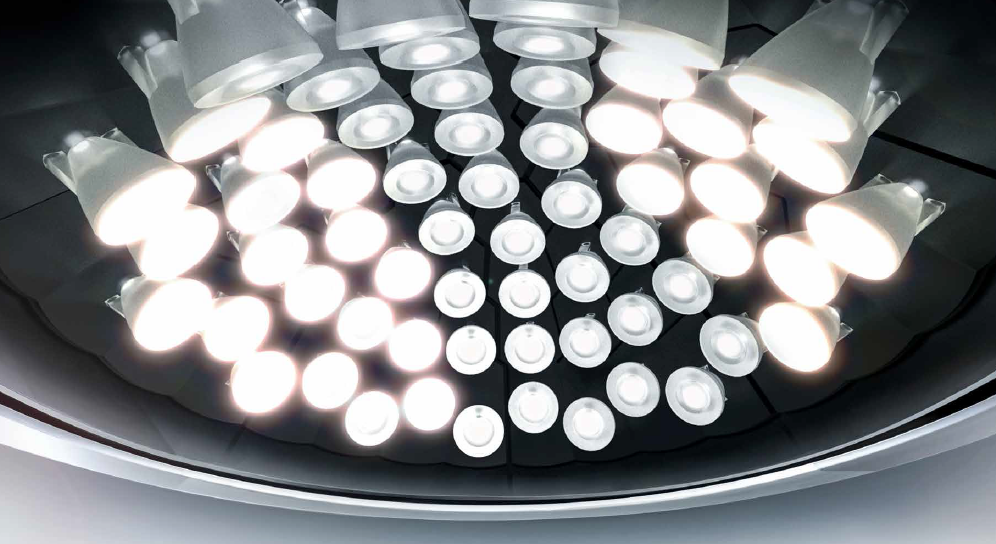
New LED lighting technology has taken center stage, ushering in a new era of illumination. This revolutionary technology has significantly advanced from traditional incandescent and fluorescent bulbs, offering a range of benefits that have transformed the way we think about lighting. LEDs boast exceptional energy efficiency, remarkable longevity, and a significantly reduced environmental impact compared to their predecessors. Emerging technologies like OLEDs and micro-LEDs further push the boundaries of LED capabilities, promising even greater efficiency, flexibility, and visual quality.
The advancements in LED chip technology have been instrumental in driving this revolution. Improvements in materials and fabrication processes have resulted in brighter, more efficient, and longer-lasting LEDs. The integration of quantum dots and nanotechnology has played a crucial role in enhancing color rendition and overall performance. These innovations have enabled the development of LED chips that deliver a wider range of colors, improved color accuracy, and enhanced brightness, making them suitable for a wide array of applications.
Introduction to New LED Lighting Technology

LED lighting technology has revolutionized the way we illuminate our homes, businesses, and public spaces. This innovative technology has rapidly replaced traditional incandescent and fluorescent bulbs, offering significant advantages in energy efficiency, longevity, and environmental impact.
Evolution of LED Lighting
The evolution of LED lighting can be traced back to the invention of the first light-emitting diode (LED) in 1962. However, early LEDs were inefficient and produced only dim red light. Over the years, advancements in semiconductor technology have led to the development of brighter, more efficient, and diverse colored LEDs. In the early 2000s, LED lighting began to gain widespread adoption, with manufacturers introducing energy-efficient bulbs for residential and commercial applications. Today, LEDs are the dominant lighting technology, offering a range of benefits over traditional lighting options.
Advantages of LED Lighting
- Energy Efficiency: LEDs are significantly more energy-efficient than incandescent and fluorescent bulbs. They convert a higher percentage of electricity into light, reducing energy consumption and lowering electricity bills. For example, a 10-watt LED bulb can produce the same amount of light as a 60-watt incandescent bulb, resulting in a 83% reduction in energy consumption.
- Longevity: LEDs have a significantly longer lifespan than traditional bulbs. An LED bulb can last up to 25 times longer than an incandescent bulb and up to 3 to 5 times longer than a fluorescent bulb. This translates to fewer bulb replacements, reduced maintenance costs, and less waste generated.
- Environmental Impact: LED lighting is environmentally friendly as it does not contain mercury or other hazardous materials found in traditional fluorescent bulbs. Additionally, their high energy efficiency reduces greenhouse gas emissions associated with electricity generation.
Emerging LED Lighting Technologies
- OLEDs (Organic Light-Emitting Diodes): OLEDs are a newer type of LED technology that uses organic materials to emit light. They offer several advantages over traditional LEDs, including thinner profiles, wider viewing angles, and better color reproduction. OLED lighting is being explored for applications in televisions, displays, and lighting fixtures.
- Micro-LEDs: Micro-LEDs are tiny LEDs that are individually controlled, offering high brightness, high contrast, and excellent color accuracy. They are being explored for use in high-end displays, automotive lighting, and other applications where high performance is required.
Smart and Connected LED Lighting Systems: New Led Lighting Technology
The integration of LED lighting with smart home technologies and the internet of things (IoT) platforms has revolutionized how we control and experience light in our homes and workplaces. This convergence allows for personalized lighting experiences, enhanced energy efficiency, and a seamless integration with other smart devices.
Smart LED Lighting Features
Smart LED lighting systems offer a range of advanced features that enhance functionality and user experience. These features include:
- Dimming: Smart LED bulbs allow for precise control of brightness, enabling users to create the perfect ambiance for various activities and moods.
- Color-Changing: Many smart LED bulbs offer a wide spectrum of colors, allowing users to customize the lighting to match their preferences or create specific atmospheres.
- Voice Control: Integration with voice assistants like Amazon Alexa or Google Assistant enables hands-free control of lighting, allowing users to turn lights on or off, adjust brightness, or change colors using voice commands.
- Scheduling and Automation: Smart LED systems can be programmed to automatically adjust lighting based on time, location, or other triggers. For example, lights can be set to turn on at sunset or dim automatically during nighttime hours.
- Remote Control: Smartphone apps provide remote access to control lighting from anywhere with an internet connection, allowing users to turn lights on or off, adjust settings, or create schedules even when away from home.
Benefits of Smart LED Lighting Systems
Smart LED lighting systems offer numerous benefits for both residential and commercial settings:
- Energy Efficiency: LED bulbs are inherently energy-efficient, and smart systems can further optimize energy consumption by automatically adjusting brightness based on occupancy or ambient light levels.
- Enhanced Comfort and Convenience: Smart lighting provides personalized control and automation, creating a more comfortable and convenient living or working environment.
- Improved Safety and Security: Smart lighting can enhance safety by automatically turning on lights when motion is detected or scheduling lights to simulate occupancy while away from home, deterring potential intruders.
- Increased Productivity: In commercial settings, smart lighting can optimize lighting conditions for specific tasks, improving employee productivity and overall workplace efficiency.
Challenges of Smart LED Lighting Systems, New led lighting technology
Despite the numerous benefits, smart LED lighting systems also present some challenges:
- Initial Cost: Smart LED bulbs and systems can be more expensive than traditional lighting options, requiring a higher upfront investment.
- Technical Complexity: Setting up and configuring smart lighting systems can require some technical knowledge, potentially posing a barrier for users unfamiliar with smart home technologies.
- Privacy Concerns: Smart lighting systems collect data on usage patterns and preferences, raising concerns about privacy and data security.
- Compatibility Issues: Compatibility between different smart home platforms and devices can be a challenge, requiring careful consideration when choosing smart lighting systems.
Future Trends in LED Lighting Technology
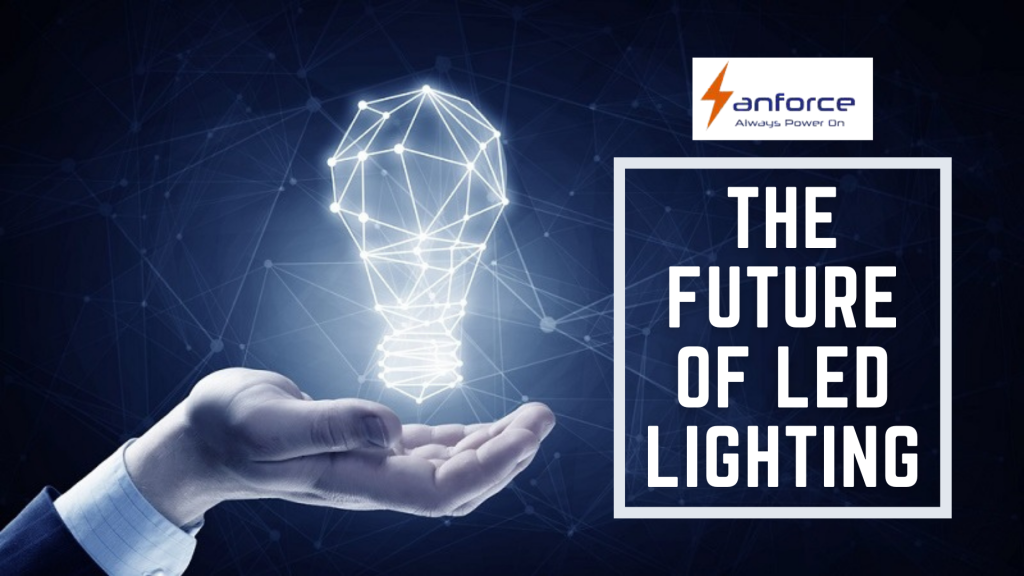
The field of LED lighting is constantly evolving, driven by innovation and the pursuit of greater efficiency and sustainability. Advancements in materials science, electronics, and control systems are paving the way for a future where lighting is more intelligent, adaptable, and energy-saving than ever before.
Increased Energy Efficiency
Energy efficiency is a paramount concern in the lighting industry, and LED technology is already significantly more efficient than traditional incandescent bulbs. However, ongoing research and development are pushing the boundaries even further. One promising area is the development of more efficient LED chips with higher lumen output for the same power consumption. This is achieved by optimizing the materials used in the chips and improving their internal structure. Another focus is on reducing power losses in the LED driver circuitry, which converts AC power to the DC power required by LEDs. Advancements in driver technology, such as the use of high-frequency switching and improved power factor correction, can significantly reduce energy consumption.
Improved Color Rendering
Color rendering is a critical aspect of lighting quality, especially in applications where accurate color perception is essential, such as retail stores, museums, and workplaces. LED lighting has traditionally faced challenges in accurately rendering colors, particularly in the red and green spectrum. However, recent advancements in LED technology have led to significant improvements in color rendering. One approach is the use of multiple LEDs with different color temperatures to create a wider range of colors. Another is the development of new phosphors that emit a broader spectrum of light, resulting in a more natural and accurate color rendition.
Enhanced Light Control
The ability to control light precisely is becoming increasingly important in modern lighting applications. Smart and connected lighting systems are emerging that allow for dynamic control of light intensity, color, and direction. This is achieved through the integration of sensors, microprocessors, and wireless communication technologies. For example, sensors can detect the presence of people and adjust lighting levels accordingly, while smart controls can be used to create personalized lighting experiences.
Conceptual Illustration of a Futuristic LED Lighting Application
Imagine a futuristic home where the lighting system is seamlessly integrated with the home automation system. The living room features a dynamic LED ceiling panel that can be customized to create different lighting scenarios. The panel consists of thousands of individual LEDs, each capable of emitting different colors and intensities. By using a smartphone app or voice commands, residents can adjust the lighting to match their mood, activity, or time of day. For example, a warm, relaxing glow can be created for a movie night, while a bright, focused light can be used for reading or working. The lighting system also incorporates sensors that automatically adjust the lighting levels based on the ambient light conditions and the presence of people in the room.
Final Review
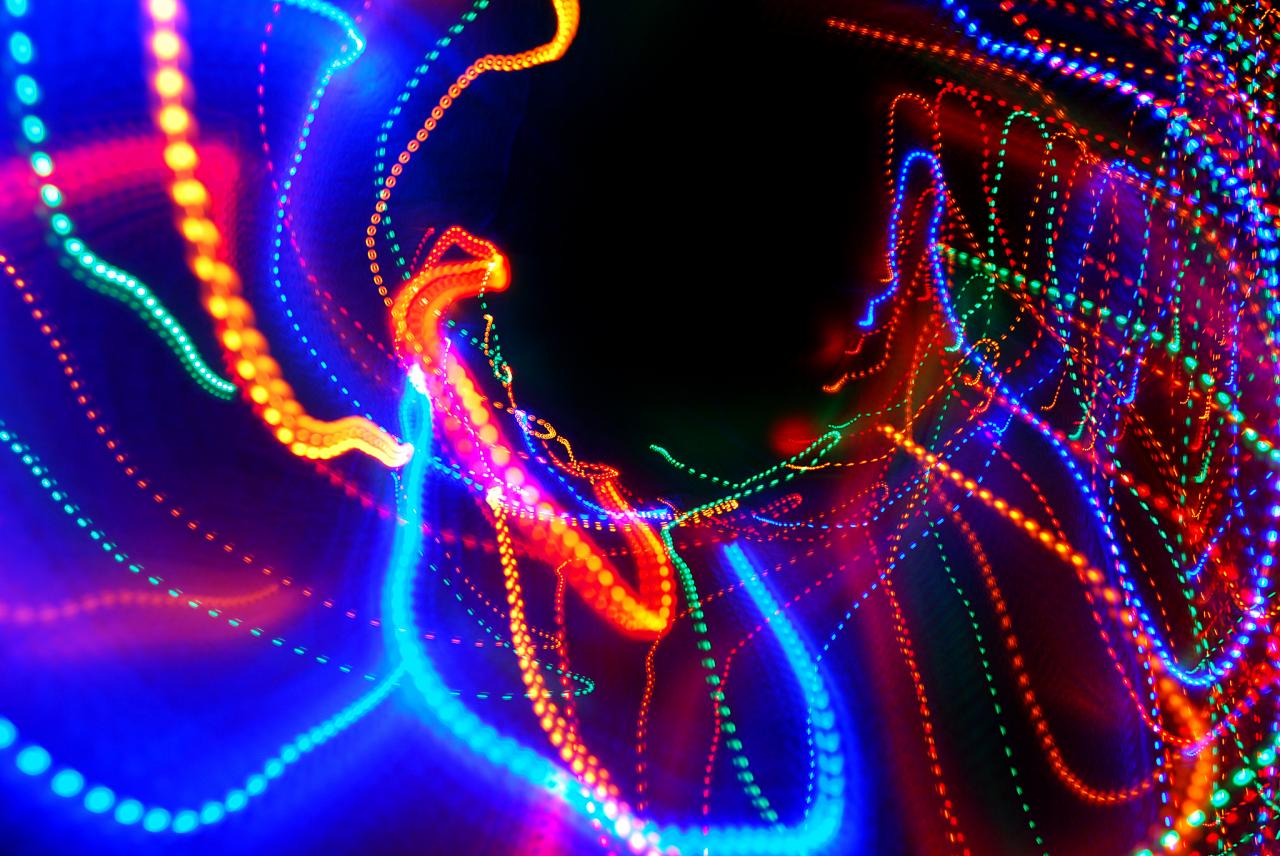
New LED lighting technology has undeniably transformed the lighting landscape, offering a sustainable and efficient solution for a wide range of applications. From homes and offices to healthcare facilities, agriculture, and even automotive industries, LEDs have proven their versatility and potential. The continuous advancements in LED technology, coupled with the growing integration of smart home systems and the Internet of Things, promise an even brighter future for LED lighting. As the technology evolves, we can expect even more innovative and energy-efficient solutions that will revolutionize the way we illuminate our world.
New LED lighting technology is revolutionizing various industries, from agriculture to manufacturing. One key aspect of this revolution involves the efficient drying of materials, a process where European spray dry technologies are playing a significant role. These technologies are designed to maximize energy efficiency and minimize waste, making them a perfect fit for the sustainable practices associated with new LED lighting solutions.
